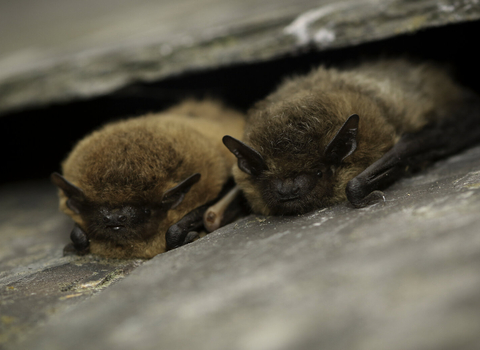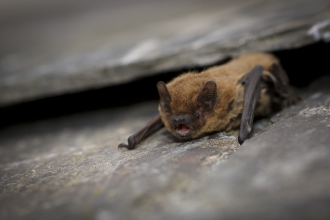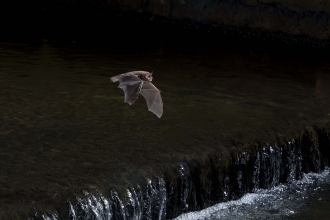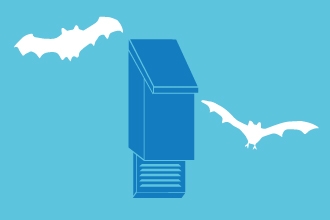Bats
Flitting out of the rising darkness like shadows, these nocturnal mammals are as charismatic as they are misunderstood. Britain is home to 18 species of bat, the largest being the noctule which weighs as little as four £1 coins, and the smallest, the pipistrelle, weighing as little as a 2p coin, is known to gobble up more than 500 insects in an hour! Whether you are watching them in woodlands or skimming over a river, the sight of a bat quickens the heart.
Being buzzed by a bat is a wildlife experience not to be missed
What to look for
Bats are most active in the summer months when they come out of hibernation, hunt insects, give birth and raise young, and the best time to see them is around sunset or sunrise when it is warm and dry. While some bats fly relatively high, others are found closer to the ground – not venturing far above the trees or flying low over grassland and water. To really experience the bat’s world it’s worth borrowing a special detector to hear the high-frequency clicks and buzzes of bats using echolocation to hunt. Not only will you be able to hear how many bats are around you, but the frequency of the calls lets you identify bats in the dark!










